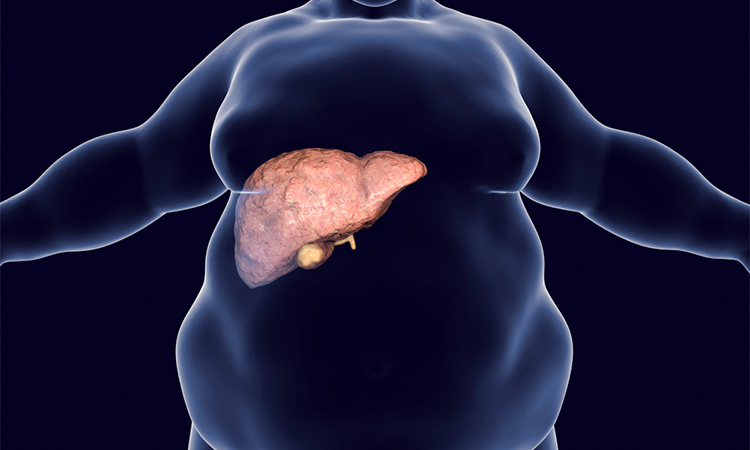Potential new targets for chronic liver disease
Posted: 6 November 2023 | Drug Target Review | No comments yet
Fatty liver disease treatments may become more effective after identification and greater understanding of more drug targets.

The fifth Chinese American Liver Society (CALS) and Society of Chinese Bioscientists in America (SCBA) Hepatology Division Annual Symposium discussed the important topic of identifying targets for preventing and treating fatty liver diseases (FLD).
Fatty liver diseases affect millions of people globally. The two most common types are non-alcoholic fatty liver disease (NAFLD), associated with obesity, insulin resistance, and metabolic syndrome and alcoholic-associated liver disease (ALD), caused by excessive alcohol consumption. Both diseases may progress to liver fibrosis, cirrhosis, and, finally, hepatocellular carcinoma (HCC), a primary liver cancer with a poor prognosis.
Although the knowledge of the pathogenesis of FLD and HCC has been much furthered in the past decade, there remain many novel therapeutic targets. For example, non-coding RNAs (ncRNAs), diverse RNA molecules that do not code for proteins, have been shown to be crucial in the pathogenesis of FLD and HCC. MicroRNAs (miRNAs) are small ncRNAs that regulate gene expression at the post-transcriptional level and have been implicated in all aspects of FLD and HCC pathogenesis, such as steatosis, inflammation, fibrosis, and carcinogenesis.
Autophagy, the cellular process that removes damaged organelles and proteins, is essential for maintaining cellular homeostasis and inhibiting cell death. When impaired, autophagy has been connected to the development and progression of FLD and HCC, as studies have observed that hepatocyte-specific autophagy deficiency can lead to steatosis and inflammation.
The communication between the liver and other organs in the body, known as extrahepatic signalling, is vital for regulating liver metabolism and inflammation. However, when disrupted, extrahepatic signalling has been involved in the pathogenesis of FLD and HCC. Studies have shown that obesity-related changes in adipose tissue signalling can encourage the development of NAFLD.
Macrophages, immune cells involved in inflammation, are present in the liver and can be activated by a variety of stimuli, like steatosis, injury, and infection. At the Annual Symposium, the heterogeneity of macrophages in these diseases were reviewed via single cell RNA sequencing. Studies have shown that TREM2+CD9+ NASH-associated macrophages are activated in patients with NAFLD and HCC.
Aside from the factors above, other potential therapeutic targets for FLD and HCC include bile acid metabolism, oxidative stress, apoptosis, angiogenesis, and epigenetic regulation.
The research presented at the Symposium may lead to novel treatments that are more effective against these devastating diseases.
The research paper highlighting the current progress of these diseases is published in eGastroenterology.
Related topics
Drug Targets, RNAs
Related conditions
Alcoholic liver disease, Fatty liver disease, hepatocellular carcinoma (HCC), Non-alcoholic fatty liver disease
Related organisations
Chinese American Liver Society (CALS), Society of Chinese Bioscientists in America (SCBA)







